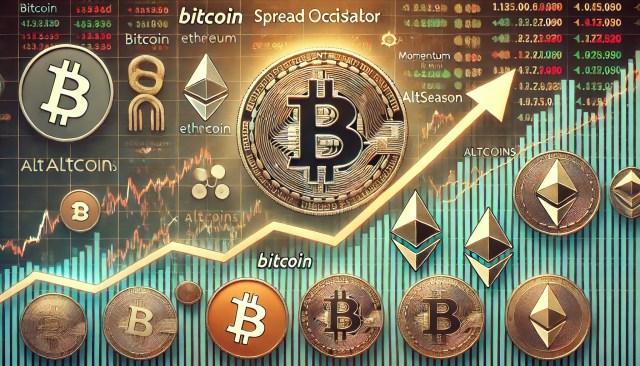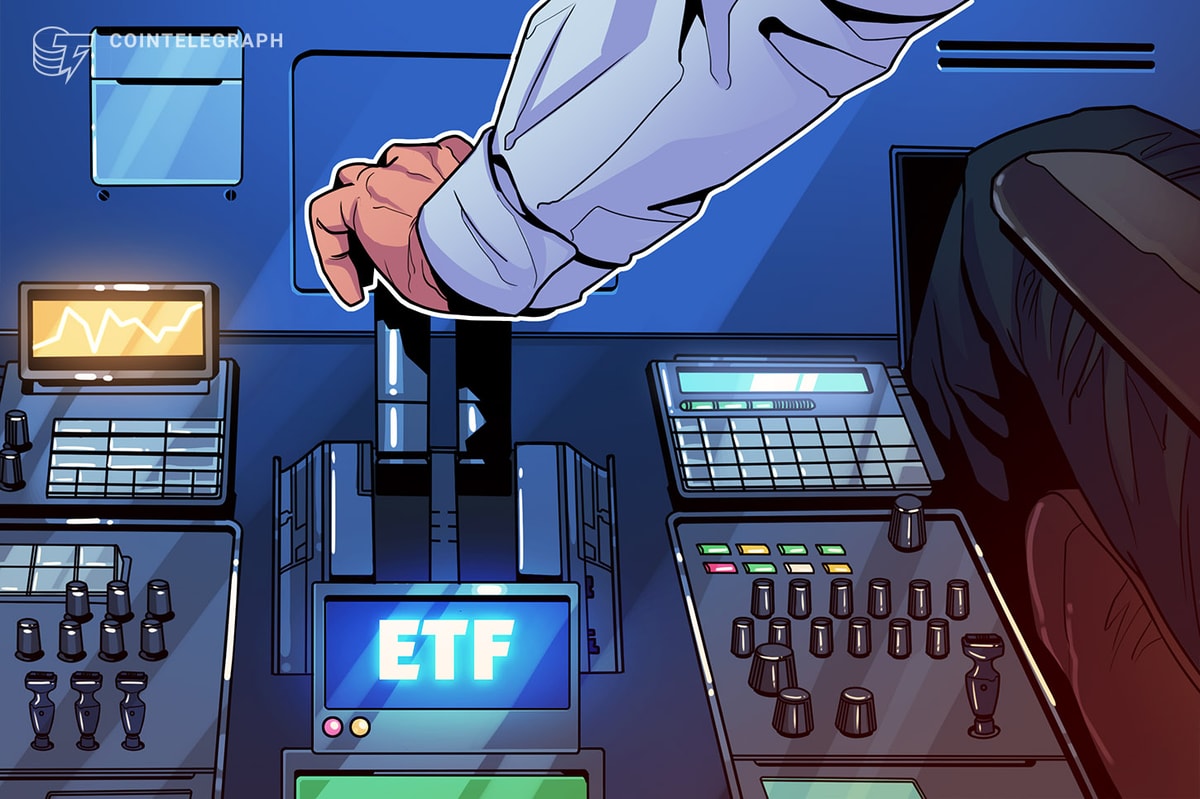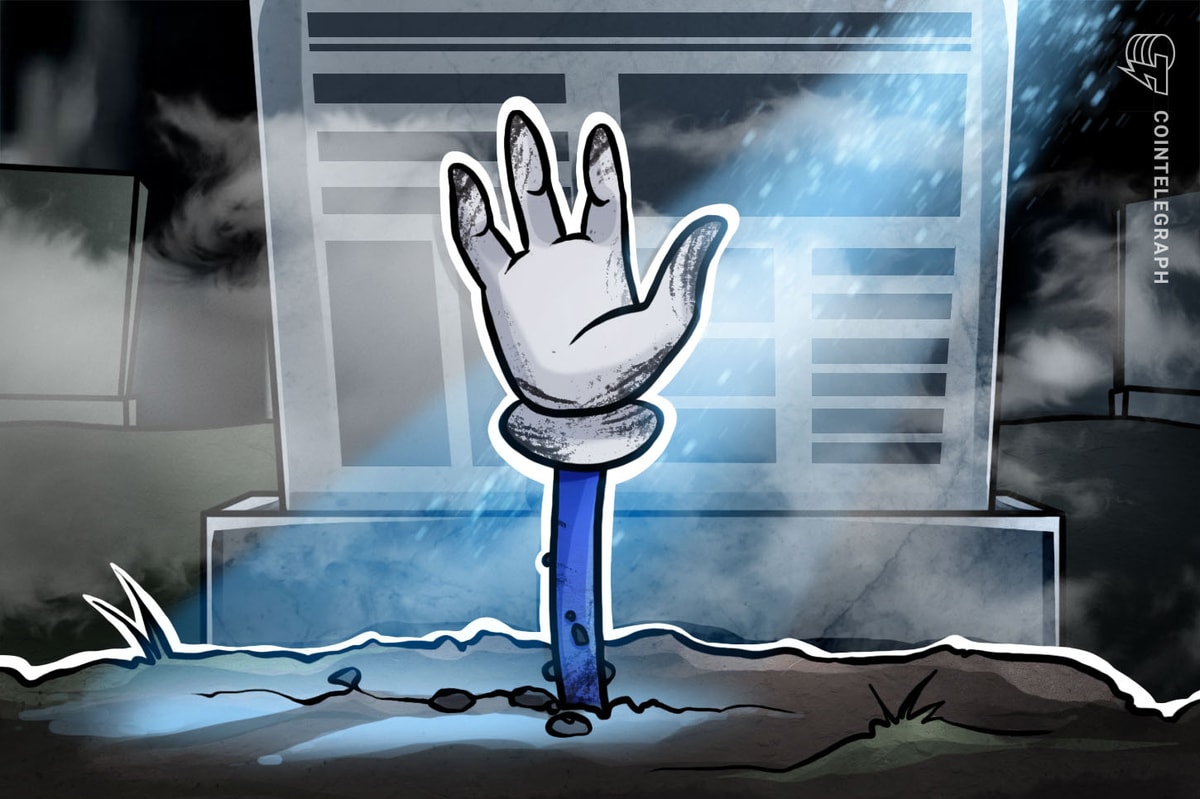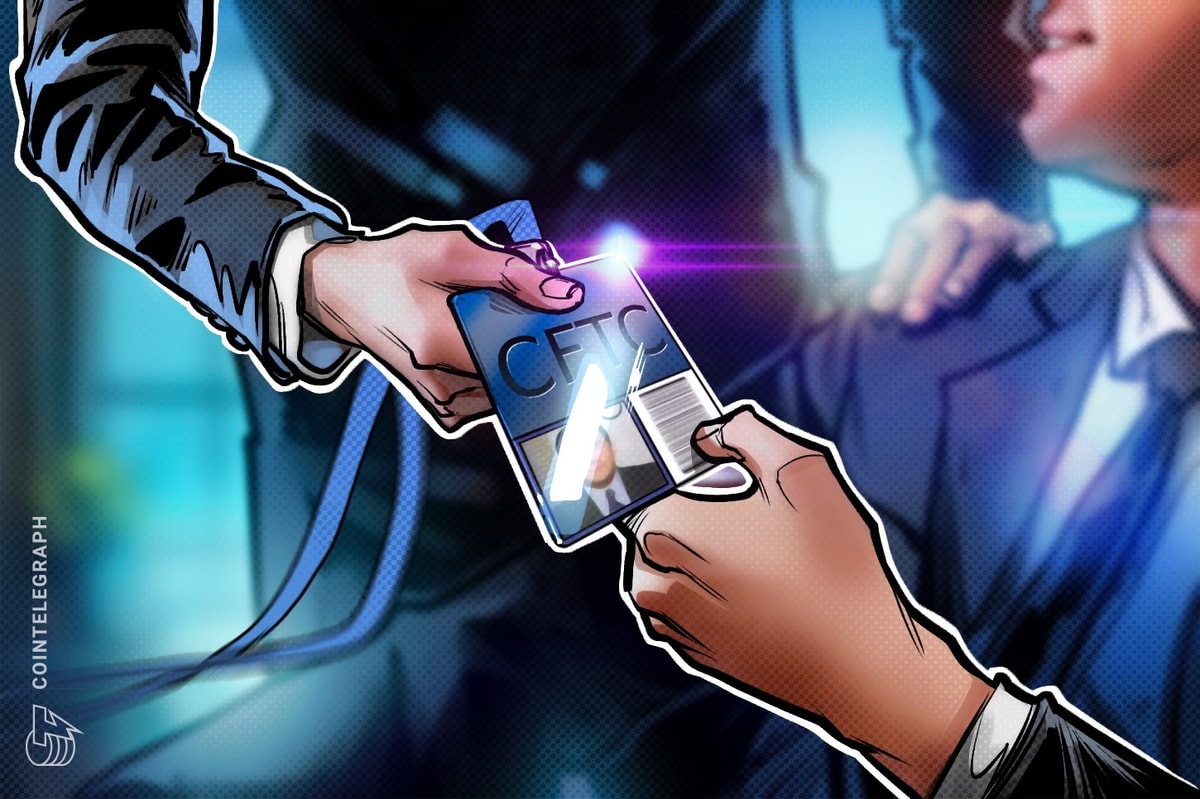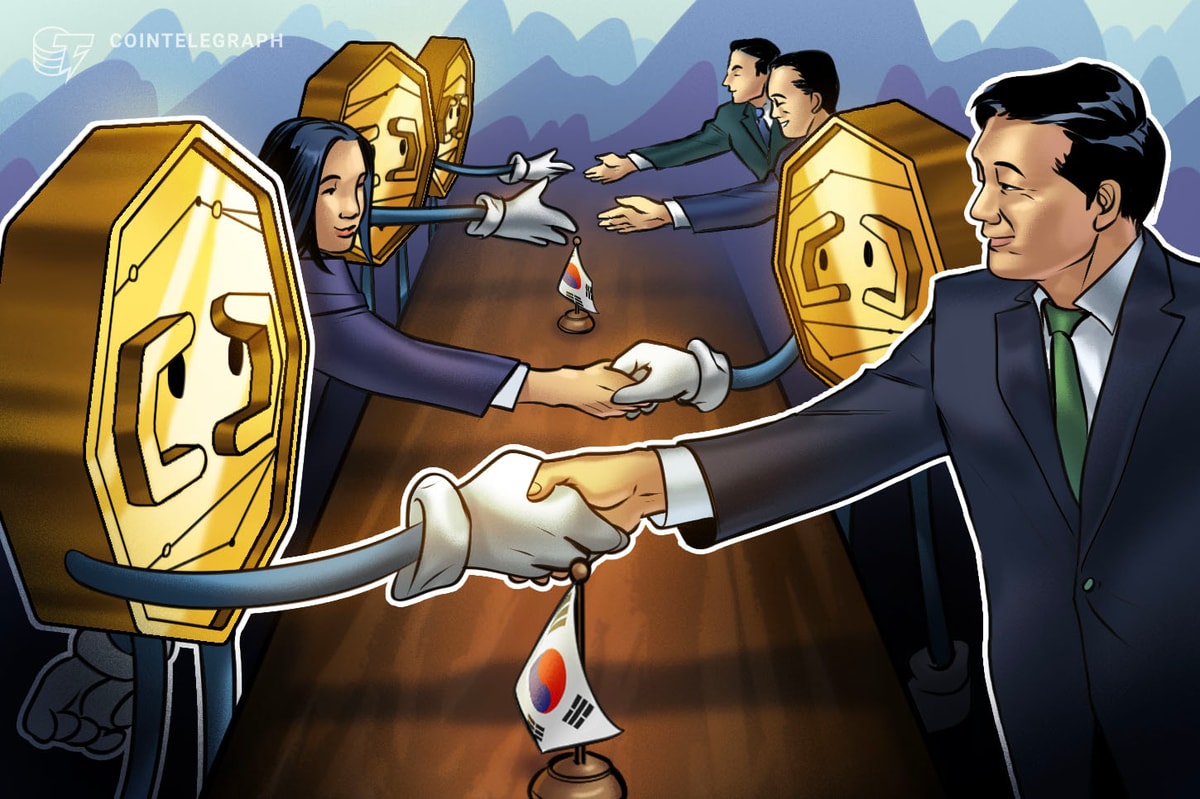The real-world assets (RWA) market has grown to $8 billion in total value locked (TVL) this year, excluding non-yield-earning stablecoins. Real-world assets currently tokenized on blockchains include private equity, real estate, government securities, commodities and other financial obligations.

The popularity of tokenized RWAs in decentralized finance (DeFi) started to grow as bond yields in traditional finance eclipsed low-risk DeFi yields during the bear market of 2022 to 2023. The United States Federal Reserve’s aggressive interest rate hikes made U.S. Treasury yields competitive with DeFi stablecoin yields despite their much lower risk. As of June 13, the one-year Treasury bill offers a three-month average yield of 5% to 5.24%, while Aave has variable annual percentage returns on stablecoins that range from 3.73% to 7.46%.
Real-world asset projects hit $8 billion market cap
Several protocols started to capitalize on higher borrowing costs and subdued DeFi activity by offering tokenized U.S. Treasurys and tokenized private loans in blockchain ecosystems. In early June, the average annual percentage yield for such tokenized private loans was 9.57%. As the crypto market recovered with new institutional activity in 2024, the TVL of RWA projects reached their current $8 billion capitalization.
Asset management giant BlackRock has entered the space and quickly became the largest provider of tokenized U.S. Treasurys with its BUIDL fund. Upon launch, it instantly gained a market cap of $180 million and has now reached $462.27 million. At 30% market share, it is the largest issuer of tokenized Treasurys, surpassing Franklin Templeton’s Benji Investments fund, which had been leading for a long time.

However, the growth of the RWA market is evident not only in TVL but also in the token performance of related projects. In May, RWA tokens gained 55.20% and rose 224.57% year-to-date. The tokens contributing most to this impressive number include TrueFi, Ondo, Dusk, Clearpool and TokenFi.


To evaluate the risk-adjusted year-to-date performance of RWA tokens, Cointelegraph Research calculated their daily Sharpe ratios, a measure of excess return per unit of risk. Using the daily returns from Jan. 1 to May 31, the Sharpe ratios for RWA tokens were as follows:
- Ondo: 4.78
- TokenFi: 2.66
- TrueFi: 1.88
- Dusk: 1.4
- Clearpool: 0.4
For comparison, the Sharpe ratios for Bitcoin (BTC) and Ether (ETH) were 1.37 and 1.36, respectively.
Calculating returns of RWA tokens

These ratios were calculated using a risk-free rate derived from the daily annual yield of a one-year Treasury bill. Except for Clearpool, all the tokens had a higher risk-adjusted return compared to a BTC/ETH portfolio, which had an average Sharpe ratio of 1.37 over the same period. The higher Sharpe ratio for the RWA tokens suggests that they have been offering a better balance of return and risk for short-term long trades. Unsurprisingly, they have also outperformed a BTC/ETH portfolio in terms of raw price performance, with the exception of Clearpool.
Ondo Finance delivers highest returns
Ondo Finance has delivered the highest returns, with a year-to-date gain of 461.62% and the strongest Sharpe ratio at 4.776. This performance can be attributed to the launch of new products on its platform, including the U.S. Government Bond Fund (OUSG), a tokenized derivative of BlackRock’s U.S. Treasurys ETF, which consists of short-term U.S. Treasurys. Ondo also expanded to the Solana blockchain and introduced instant investments and redemptions. As of June 13, Ondo has become the third-largest issuer of tokenized U.S. Treasurys.
Magazine: ‘Bitcoin Layer 2s’ aren’t really L2s at all: Here’s why that matters







